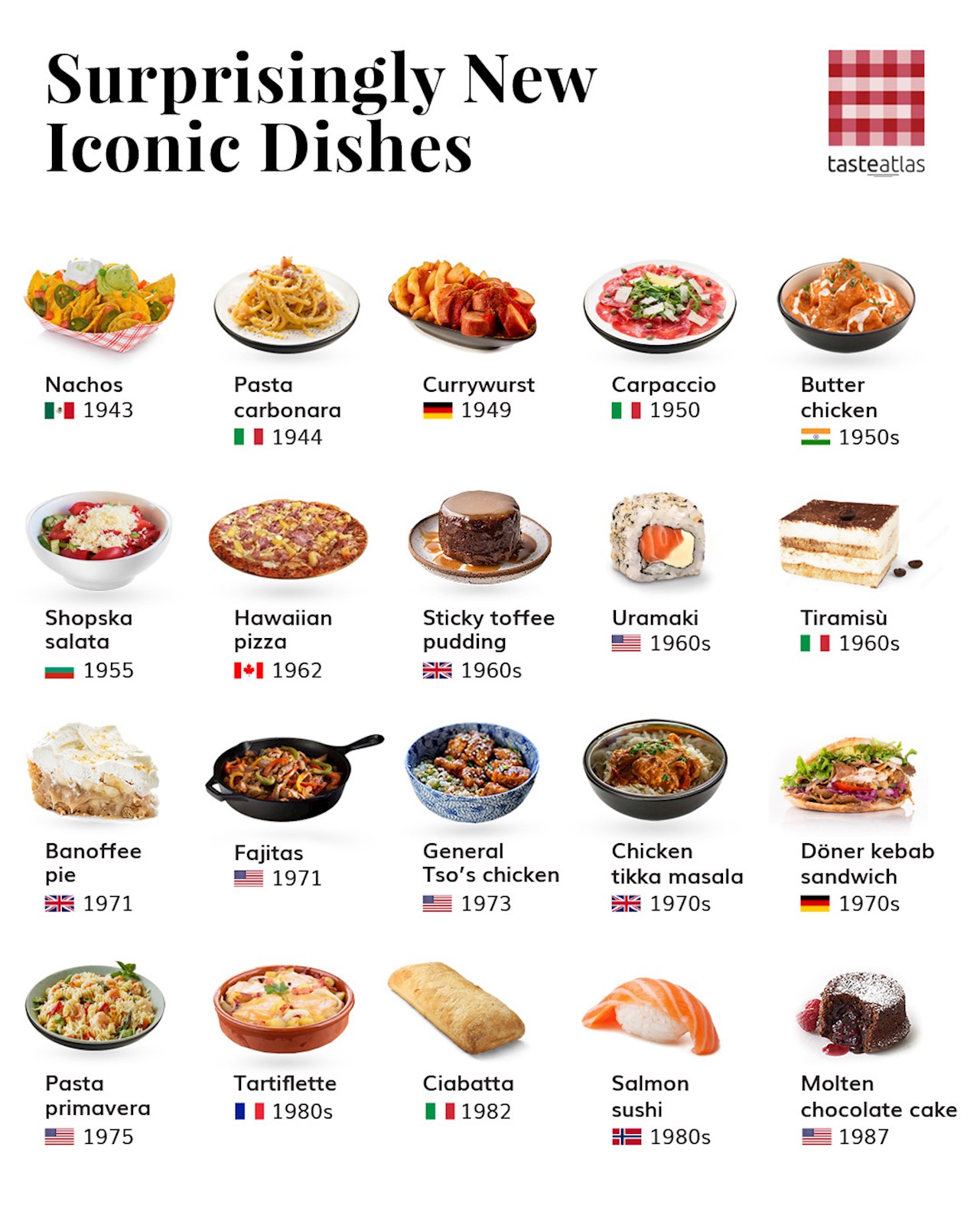When we think about some of the world's most iconic dishes, we always presume they are centuries old. Well, that might be true for some (for example, the first tamales appeared around 5000 BC), but many of them are younger than you might think. A lot younger!
Nachos 🇲🇽
Created in: 1943
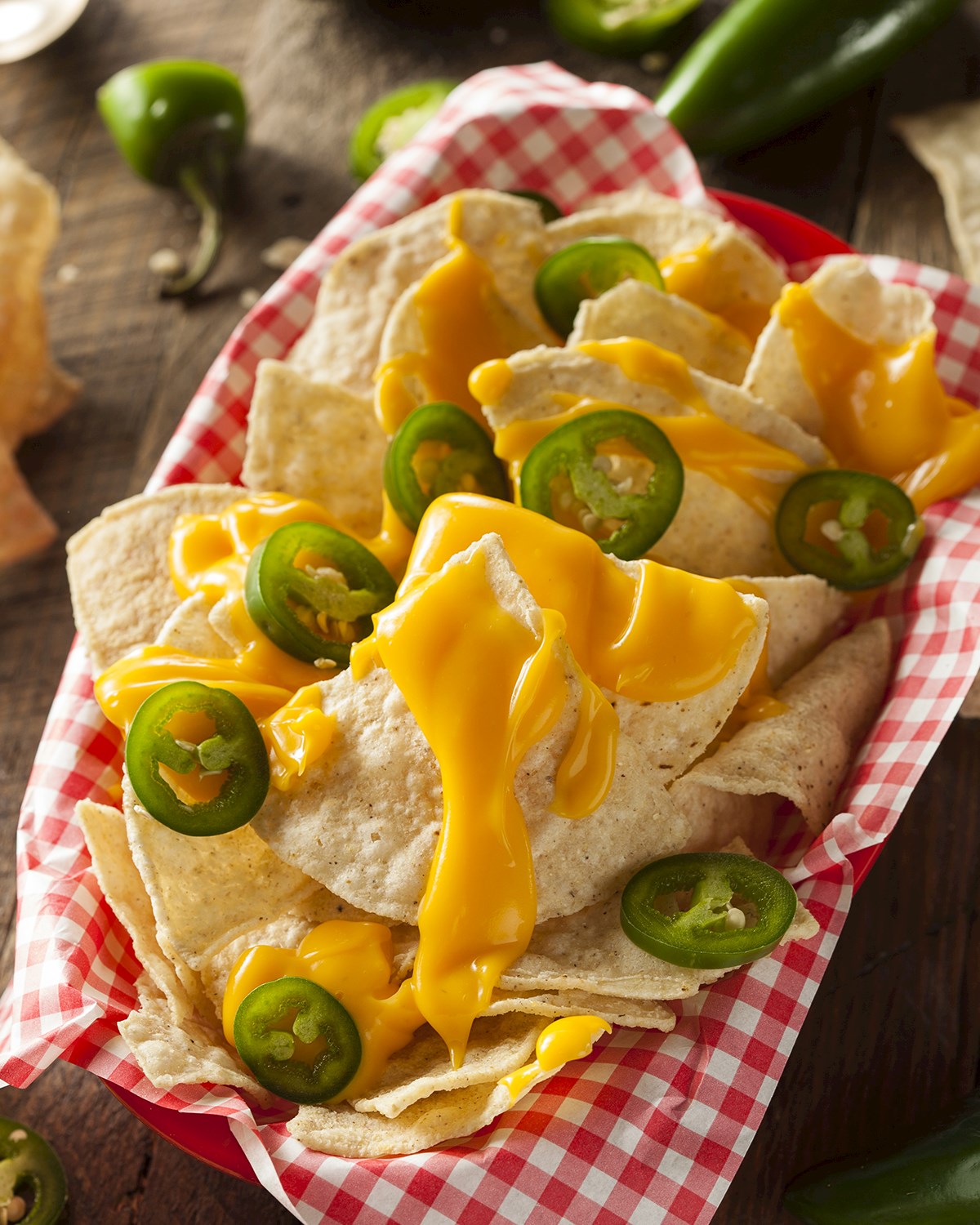 Credits: shutterstock
Credits: shutterstock
One might imagine that the ancient Mayans and Aztecs enjoyed crispy, delicious nachos with gooey cheese and jalapeños, but this Mexican staple is much younger. The story goes like this: sometime in 1943, a group of US military officer wives stationed in the Mexican city of Piedras Negras went to a local restaurant called Victory Club. And as you might do in a restaurant, they wanted to eat.
Unable to find the cook, the restaurant's maitre d' Ignacio "Nacho" Anaya combined some readily available ingredients and presented the ladies with canapes of tortilla chips, cheese, and jalapeño peppers, thus serving the first nachos. Named after Ignacio's nickname, their popularity skyrocketed in the 1960s, when a man called Frank Liberto turned nachos into stadium food. Today, they are one of the most popular snacks in the world.
Pasta carbonara 🇮🇹
Created in: 1944
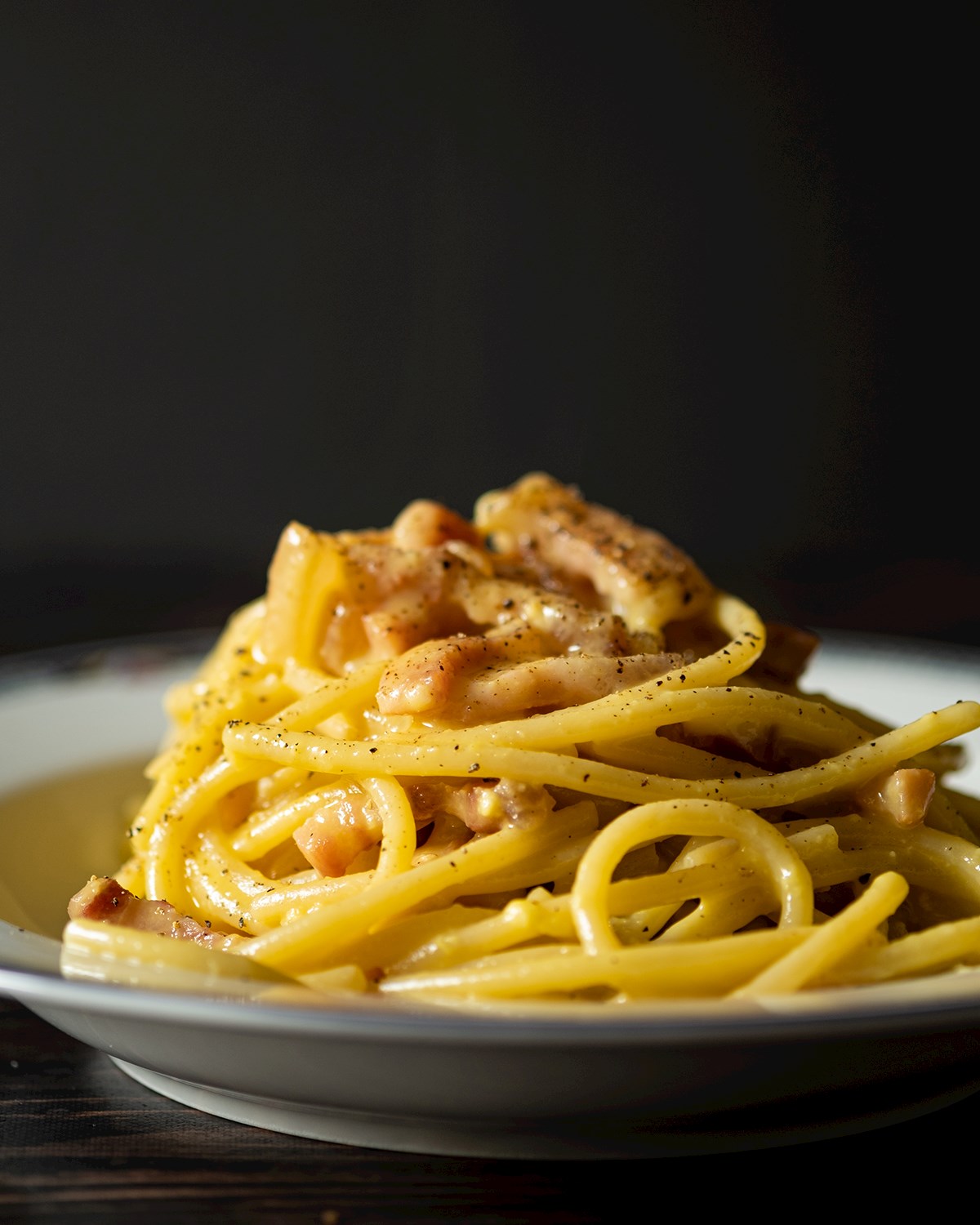 Credits: shutterstock
Credits: shutterstock
Although some Italians would disagree, it seems that pasta carbonara (also known as spaghetti alla carbonara) is not one of their oldest classics. There are references to similar dishes, like pasta cacio e uova, in some 19th-century cookbooks, but carbonara, as a unique dish, was never mentioned until the 1950 issue of the Italian newspaper La Stampa.
The article stated that after the liberation of Rome in 1944, many Italians were eating pasta with eggs and bacon supplied by Allied troops, and US officers seemed to enjoy this dish as well. The word spread, trattorias started adding it to their menus, and a couple of decades later, you can't go to Rome and NOT try it... over and over and over again.
Learn more about Pasta carbonara
Currywurst 🇩🇪
Created in: 1949
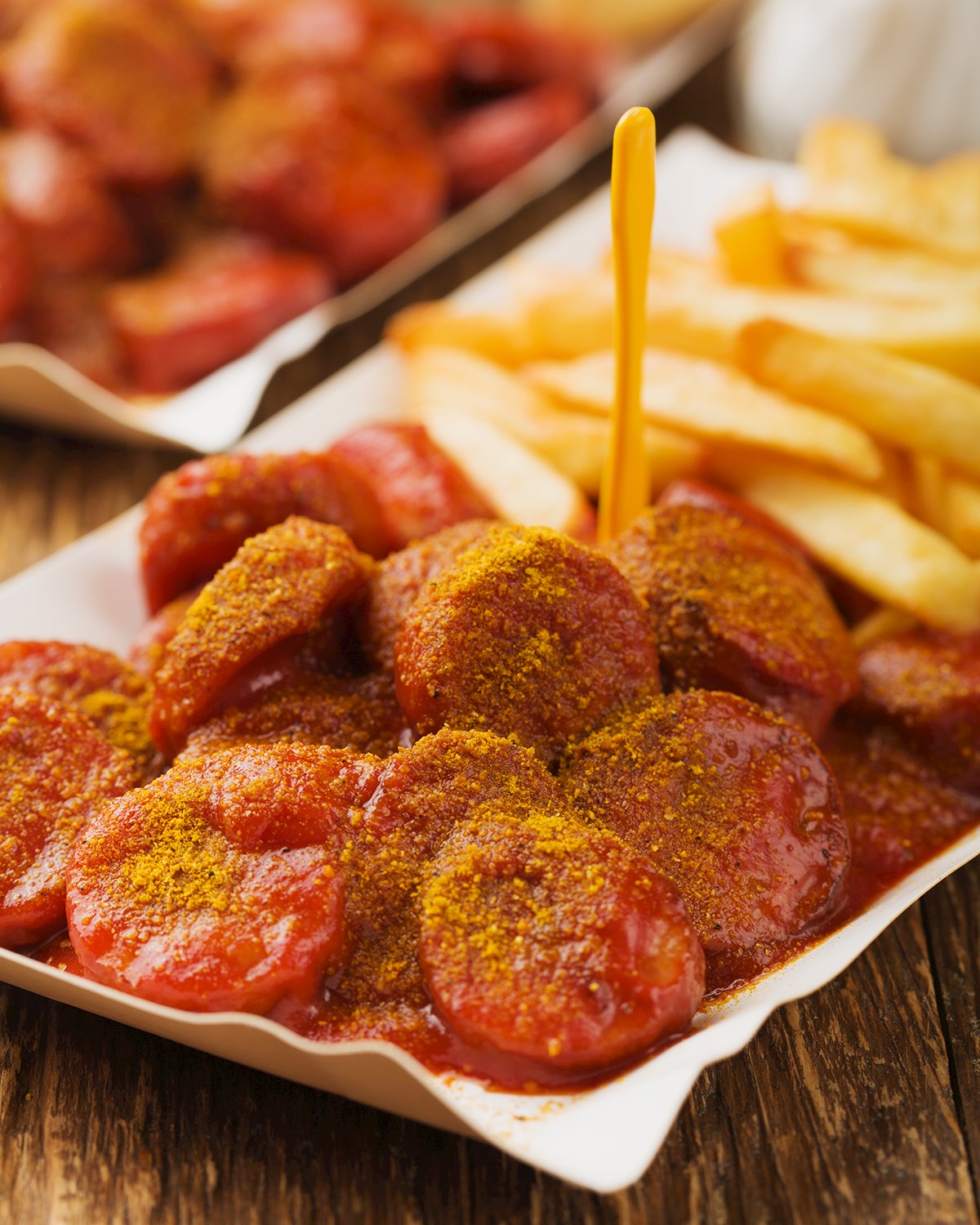 Credits: shutterstock
Credits: shutterstock
Living in post-World War II Berlin was tough, and people often had to improvise when it came to food. One of these people was Herta Heuwer, who, in 1949, got her hands on some British yellow curry powder. She mixed it with puréed tomatoes and some spices and poured this sauce over grilled pork sausages.
The new dish was named currywurst, and it got really popular really fast. Herta patented her secret recipe, but Berlin (and, in the next couple of decades, the whole of Germany) was soon overrun by imbisses selling their variations of the original. Today, every purveyor of this delicious snack has their take on the dish, which makes each take a unique experience.
Carpaccio 🇮🇹
Created in: 1950
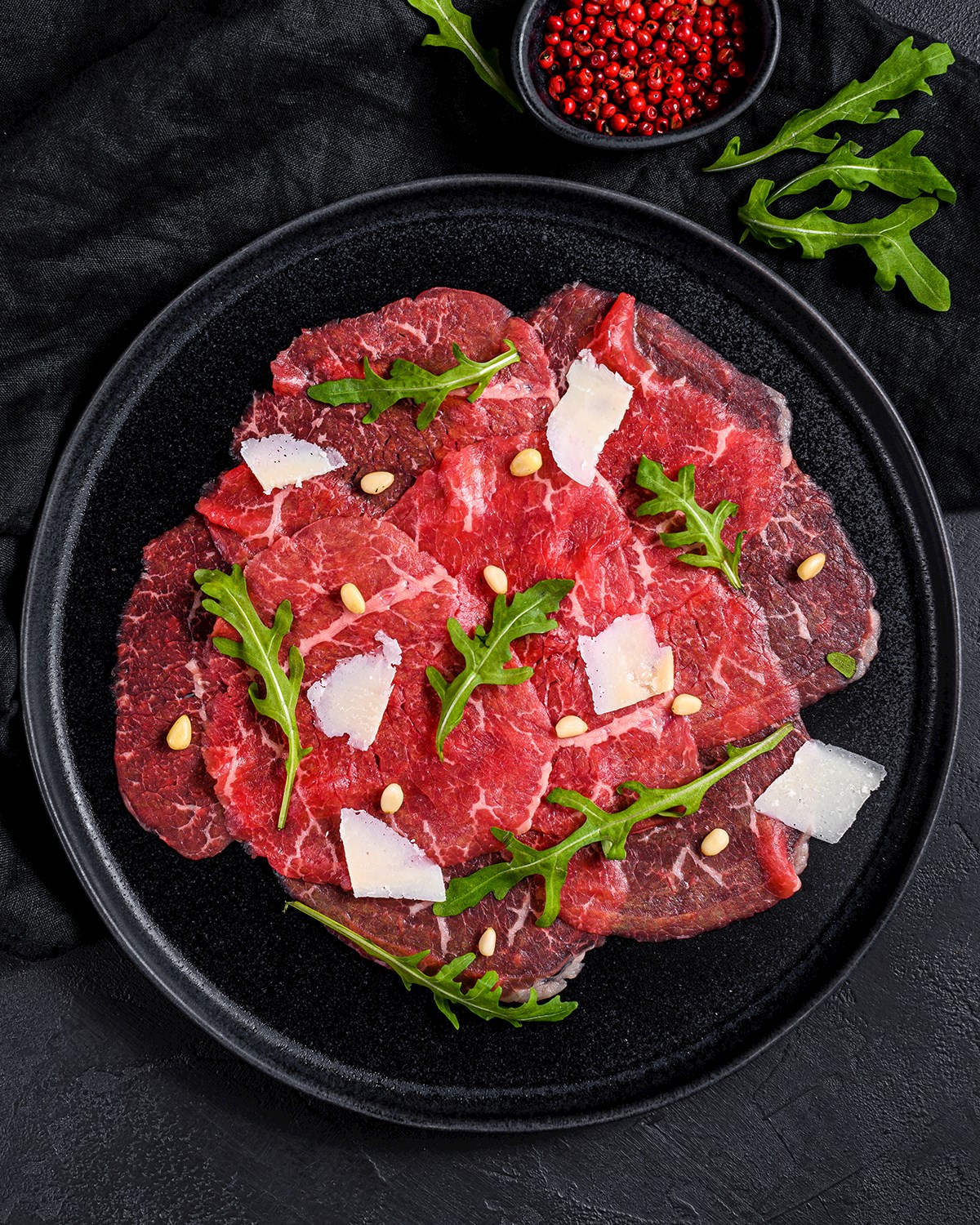 Credits: shutterstock
Credits: shutterstock
Although there is some dispute about the exact year of its creation, carpaccio is definitely not an old-school Italian dish. It was probably inspired by the Piedmontese specialty carne cruda all'Albese, but thin slices of raw beef served on a plate with olive oil, cheese shavings, and lemon, known today as carpaccio, was first served in 1950 by a Venetian restaurateur named Giuseppe Cipriani.
As the owner of the legendary Harry's Bar, Cipriani made it for Countess Amalia Nani Mocenigo, whose doctors had recommended she eat raw meat. The dish was named after the Renaissance painter Vittore Carpaccio (interestingly, Cipriani is also credited for inventing the Bellini cocktail, naming it after another Renaissance painter, Giovanni Bellini), and has since become one of the favorites of Italian cuisine.
Butter chicken 🇮🇳
Created in: early 1950s
 Credits: shutterstock
Credits: shutterstock
Indian cuisine is one of the richest and most versatile in the world. But there is always room for delicious innovation, be it something completely new or something made of leftovers that soon becomes one of the country's most beloved dishes. The latter is the story of butter chicken.
In the early 1950s, Kundan Lal Jaggi and Kundal Lal Gujrul decided to combine unused tandoori chicken, tomato gravy, and butter (makhan) sauce. They called this dish murgh makhani and put it on the menu of their Delhi restaurant Moti Mahal. When it found its way to New York, it was renamed butter chicken, and nowadays, it's a staple in almost every Indian restaurant in the world.
Learn more about Butter chicken
Shopska salata 🇧🇬
Created in: 1955
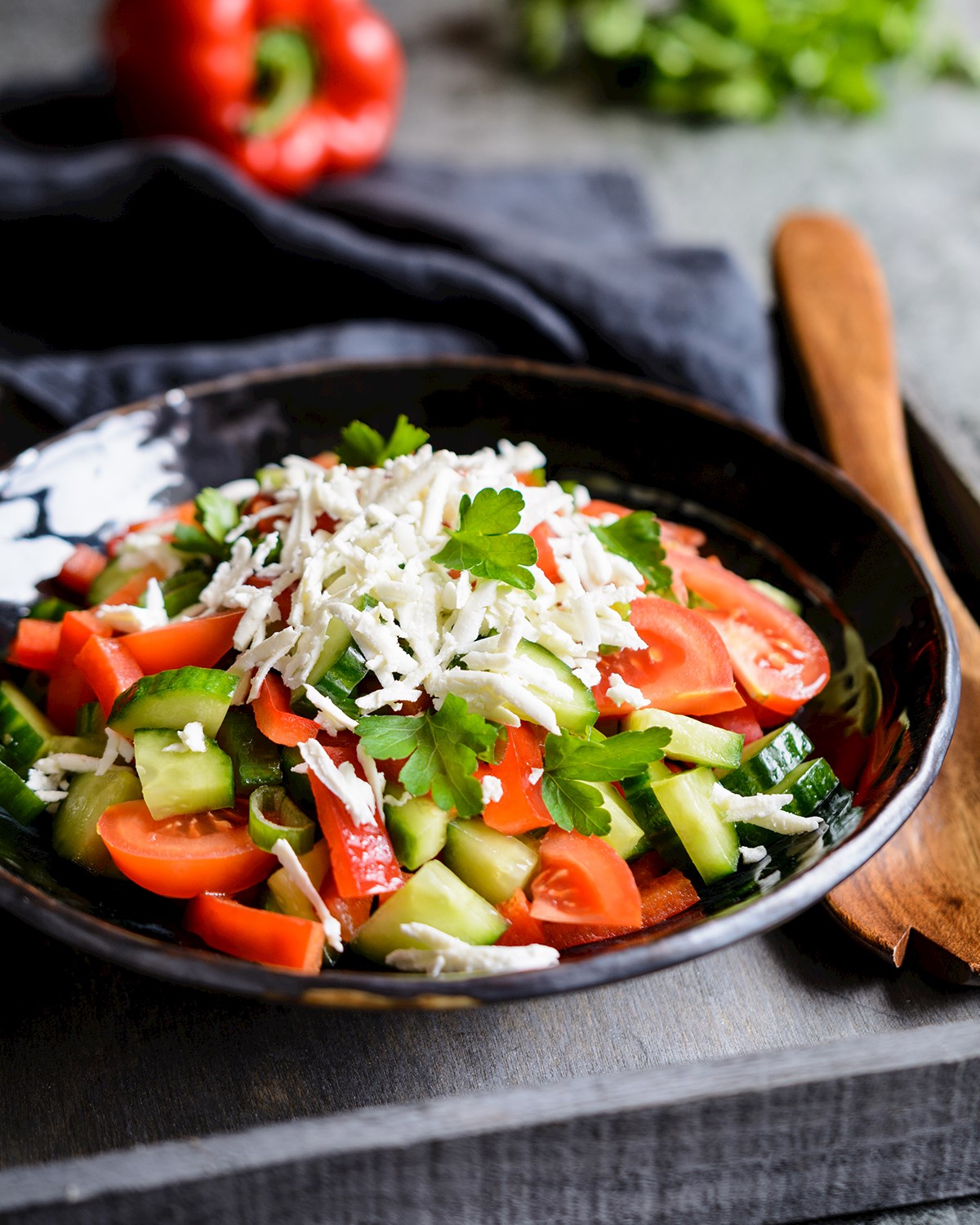 Credits: shutterstock
Credits: shutterstock
Not many people know that one of the most popular salads in the Balkans is actually a product of the Bulgarian state tour association called Balkantourist, which was assigned to create several dishes to promote local tourism in 1955. Unfortunately, only one recipe survived to this day: the legendary Shopska salata, named after the Bulgarian region Shopluk.
To be frank, tomatoes, cucumbers, onions, peppers, parsley, and sirene are not the most mind-blowingly inventive combination. But this colorful representation of the Bulgarian flag spread like wildfire and soon found its place on the tables of households and restaurants from the Black Sea to the Adriatic Sea, and became Bulgaria's national dish.
Learn more about Shopska salata
Hawaiian pizza 🇨🇦
Created in: 1962
 Credits: shutterstock
Credits: shutterstock
We don't know what the first Neapolitan pizzaiolos thought of when creating the iconic pizza, but we are pretty sure that putting pineapple on it never crossed anyone's mind. Some 300 hundred years later, at the Satellite Restaurant in Chatham, Ontario, a Greek-born Canadian named Sam Panopoulos was like: "Why not?!".
He put pieces of canned pineapple (the brand was called Hawaiian, which is the actual etymology of the name) on a pretty standard cheese and ham pizza, and one of the world's most divisive dishes was born. Sam was inspired by the sweet and savory combinations of Chinese cuisine, and although his creation had a rough start, it steadily grew in popularity, even becoming the most popular pizza variety in Australia.
Learn more about Hawaiian pizza
Sticky toffee pudding 🇬🇧
Created in: early 1960s
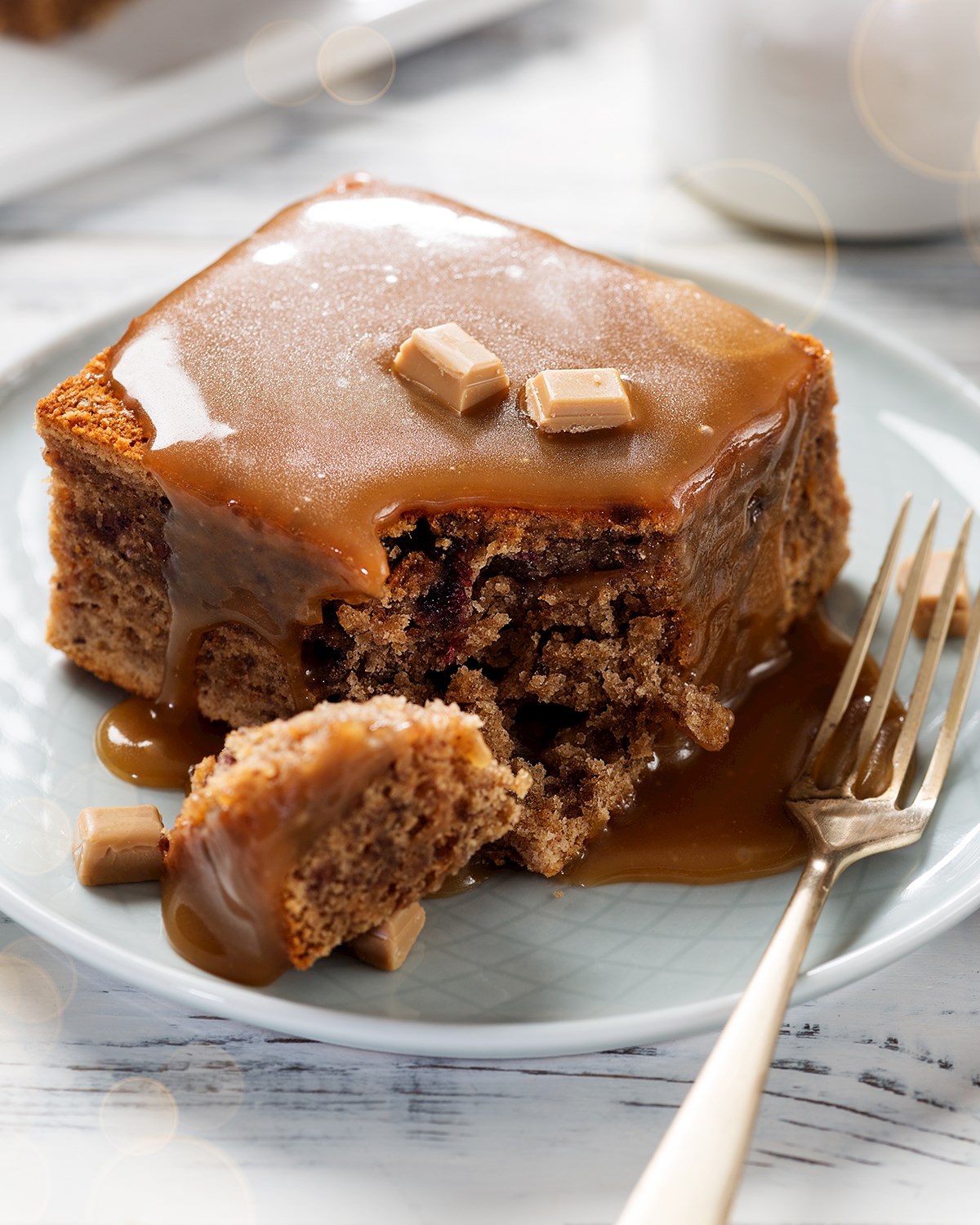 Credits: shutterstock
Credits: shutterstock
Sticky toffee pudding is a staple in many UK restaurants and one of the most popular desserts in British households. Still, this rich, moist sponge cake filled with dates and covered in a sticky toffee sauce is much younger than everybody thinks. There are three possible origin stories, all in the different regions of the UK.
The first claim comes from Yorkshire, more precisely, Gail Inn pub in Millington. It is said that the first-ever sticky toffee pudding was served there in 1907. The second claim is from Udny Arms Hotel in Newburgh-on-Ythan, Scotland, who say they were the first to serve the dessert back in 1967. The third and most probable claim hails from Sharrow Bay Hotel in Ullswater, Cumbria. Their "icky sticky toffee sponge" first appeared on the menu in 1960.
Learn more about Sticky toffee pudding
Uramaki 🇺🇸
Created in: 1960s
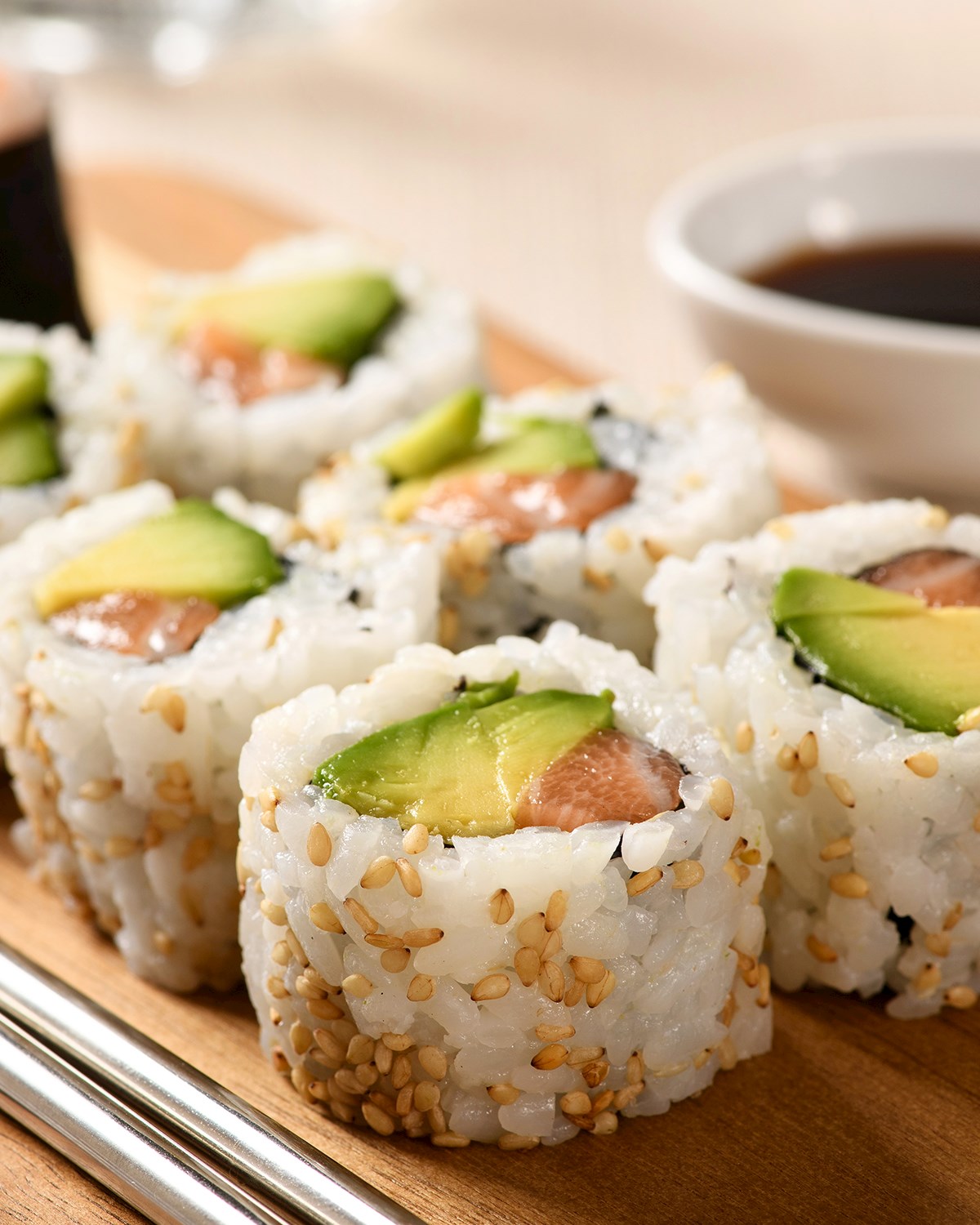 Credits: shutterstock
Credits: shutterstock
One of the favorite forms of sushi is uramaki, but many people don't know that it is, in fact, an American dish. Yes, there are some claims it was created in Vancouver, Canada, but it's generally credited to the Japanese chef Ichiro Mashita at Tokyo Kaikan, a restaurant in the Little Tokyo area of Los Angeles.
Sometime in the 1960s, he decided to turn the well-known makizushi (nori->rice->filling) inside out (rice->nori->filling) and thus created something more appealing to American customers not familiar with an exotic ingredient such as nori seaweed. If you hide it, they won't know it's there, right?
The dish evolved into dozens of different types (the most famous being the California roll) with fillings such as tuna, crab meat, avocado, and cucumber. You will have a hard time finding it in Japan, but it's a staple at almost every sushi restaurant in the rest of the world.
Tiramisù 🇮🇹
Created in: late 1960s
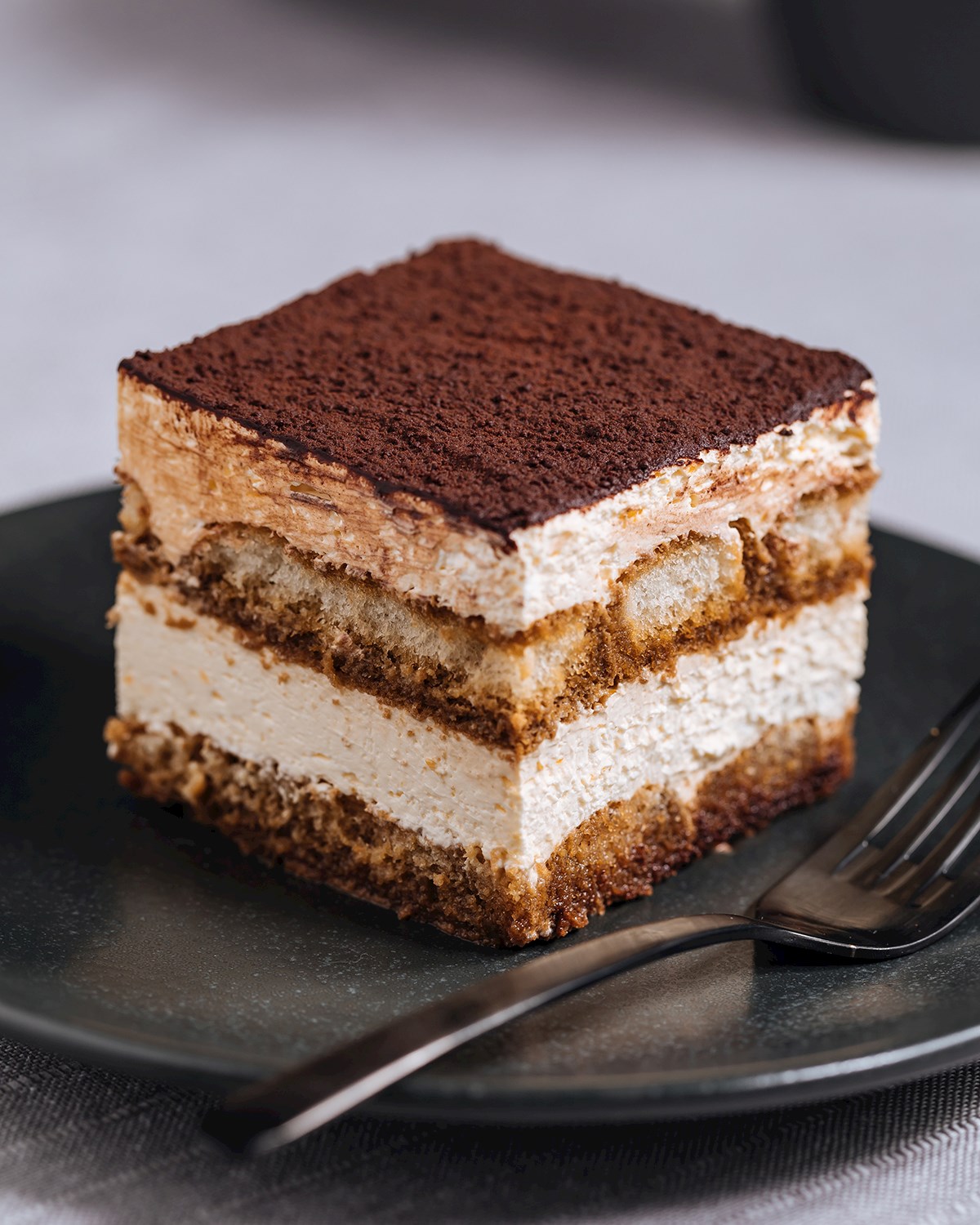 Credits: shutterstock
Credits: shutterstock
It's hard to believe that one of the most (if not the most!) iconic Italian desserts is no more than 60 years old! But such is the truth regarding tiramisù, a treat of coffee-soaked ladyfingers layered with mascarpone cream. The Italian regions of Veneto and Friuli-Venezia Giulia dispute over who was the first to make it. Some historical records state that tiramisù, or rather a version of it, was created in 1800 as an aphrodisiac in a "house of pleasure" in Treviso.
However, the general consensus is that (in this modern form) it first appeared in the late 1960s. Where and when exactly is still a mystery, although there are a few urban legends. What we know for sure is that the earliest documented recipe for tiramisù was printed in the 1981 spring edition of Vin Veneto, which gives Veneto a little bit of an upper hand. Frulians and Giulians countered in 2017 when tiramisù was added to the list of traditional regional dishes of Friuli-Venezia Giulia. Our verdict: no matter who made it first, we love it all the same!
Banoffee pie 🇬🇧
Created in: 1971
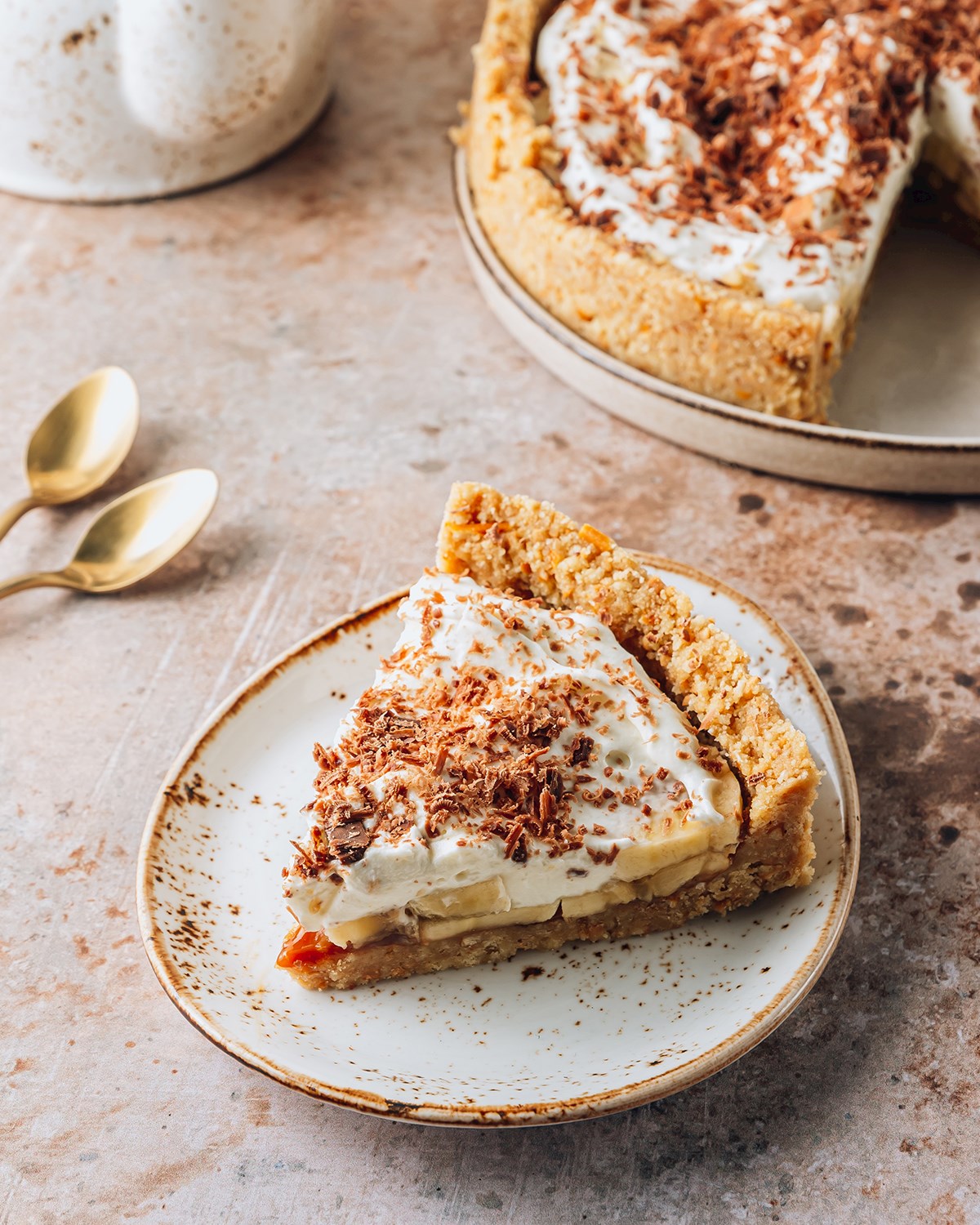 Credits: shutterstock
Credits: shutterstock
Finally, a dish with an undisputed origin story. The year is 1971, and Nigel Mackenzie and Ian Dowding of the now-closed The Hungry Monk Restaurant in Jevington, England, want to make their variation of a dessert called Blum's coffee toffee pie. After numerous failed attempts, Mackenzie suggests adding bananas, thus creating Banoffee (banana+toffee) pie. The rest is history. Nowadays, the word "banoffee" means anything that tastes or smells like bananas and toffee.
Fajitas 🇺🇸
Created in: 1971
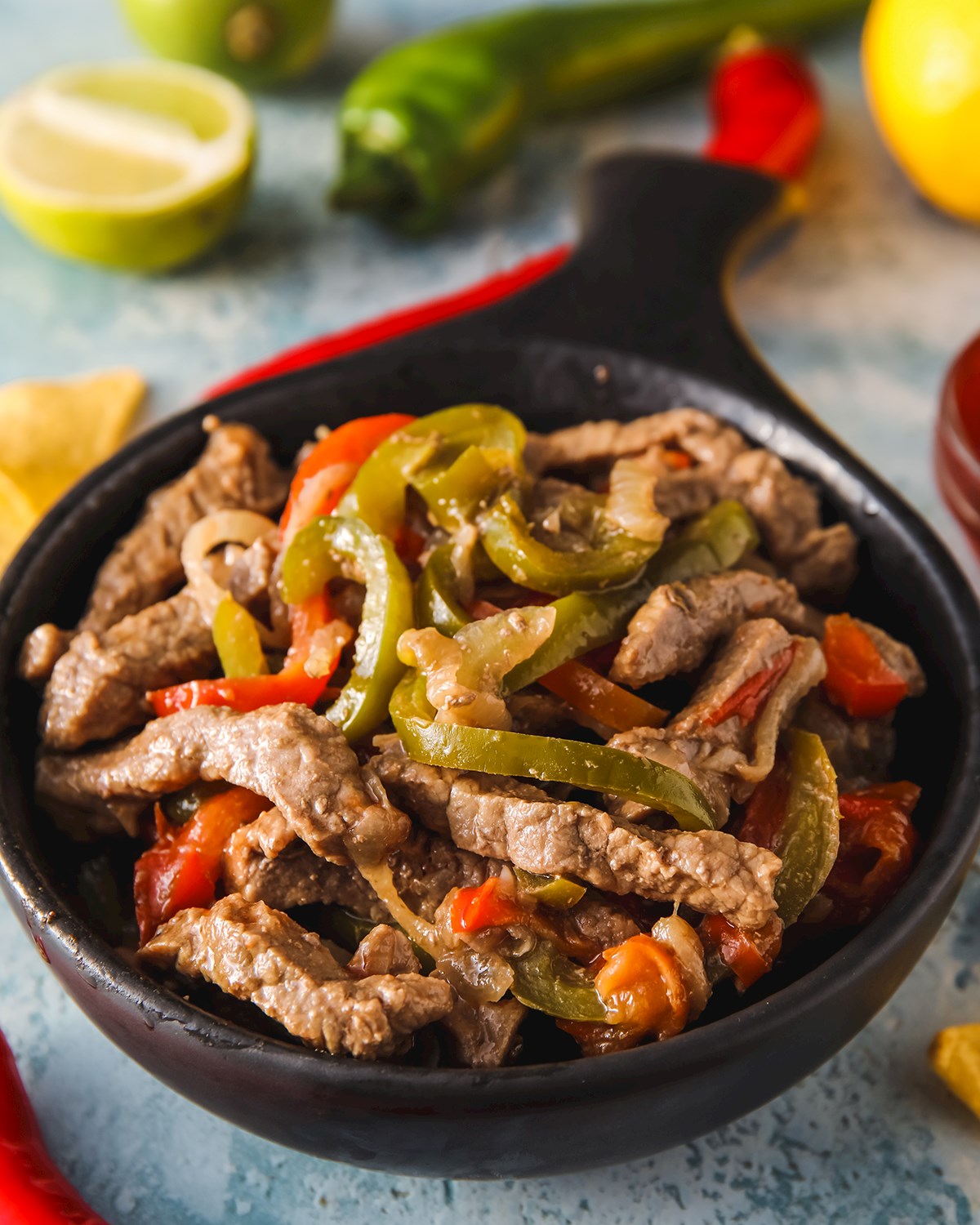 Credits: shutterstock
Credits: shutterstock
One of the staples of Tex-Mex cuisine is definitely fajitas - stripped grilled meat (usually beef skirt) served with roasted peppers and onions with a corn or flour tortilla. It is hard to pinpoint the exact year of fajitas birth, as a similar dish was eaten by the Tejano (Mexican descendants living in Texas) cowboys as far back as the 1930s, and the first stand that served a sort of fajita dish we know today opened in 1969 in Kyle, Texas, by one Sonny Falcón.
So, for this one we're going with the "first official mention" rule: the name fajita first appeared in print in 1971. Since then, it soared in popularity, and today, it's practically impossible to find a Tex-Mex restaurant that doesn't consider their rendition of this dish their specialty.
General Tso's chicken 🇺🇸
Created in: 1973
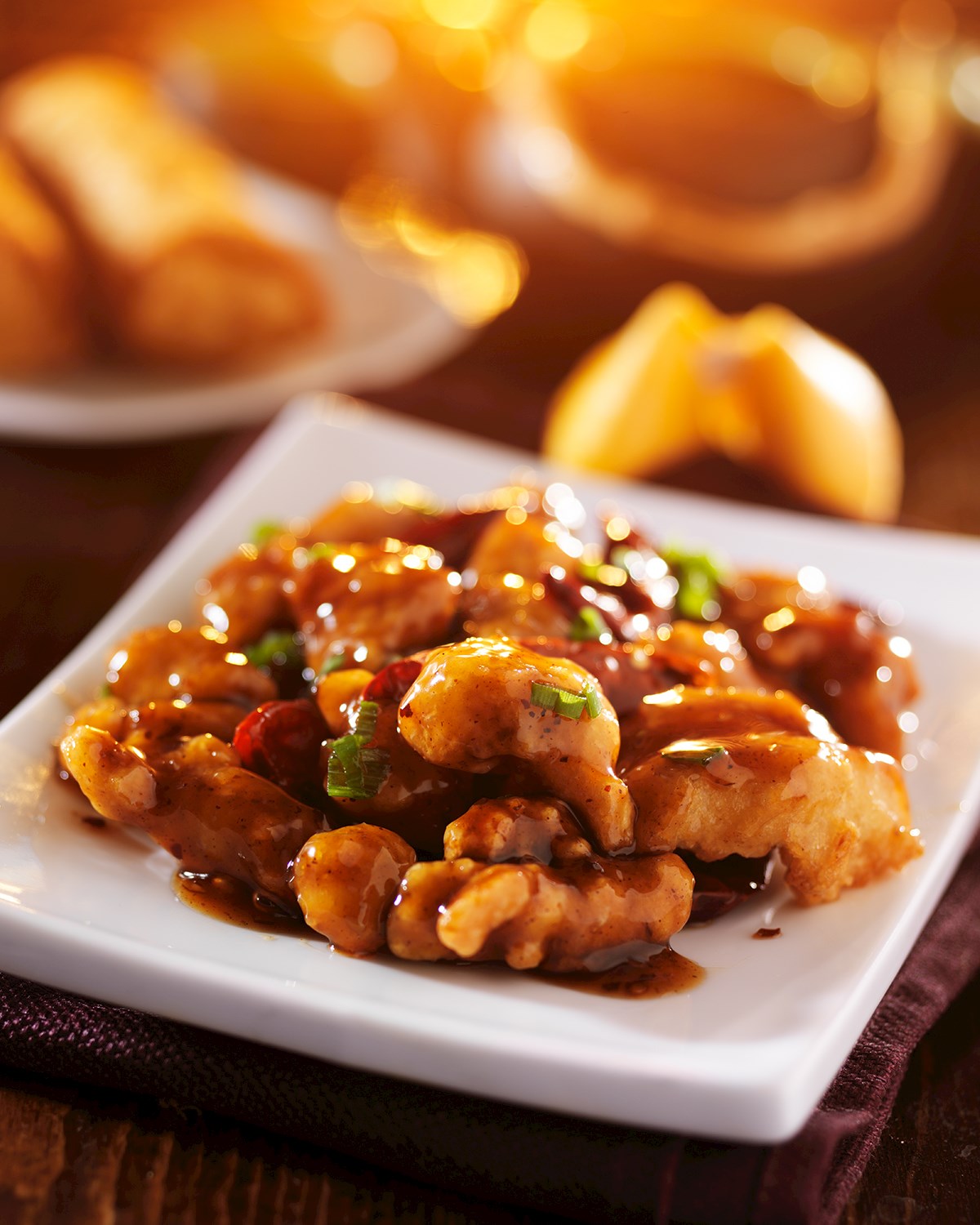 Credits: shutterstock
Credits: shutterstock
Dices of deep-fried chicken stir-fried with ginger, garlic, scallions, and hot chili peppers in a sauce made from sugar, soy sauce, rice vinegar, and rice wine equals General Tso's chicken. When talking about one of the symbols of American-Chinese cuisine, it's good to know that General Tso never prepared it (although he is a real general from the 19th century), and it's just about 50 years old.
The most plausible claim of origin states that it was created in 1973 in New York City by a Taiwanese chef Peng Chang-kuei, who was trained in Hunan cuisine, and just used his knowledge to make a Chinese dish suitable for non-Chinese. In short, he made it sweet. People seemed to like it, and it soon found its place on the menu of every Chinese restaurant in the United States.
Learn more about General Tso's chicken
Chicken tikka masala 🇬🇧
Created in: early 1970s
 Credits: shutterstock
Credits: shutterstock
Is chicken tikka masala British, or is it an import from the Indian subcontinent? Well, it was most certainly created in Great Britain and definitely by someone from India, Pakistan, or Bangladesh. The most plausible story says that the base for this dish was chicken tikka, which was mixed with a rich tomato and cream sauce and some milder spices. But, by whom?
Recently deceased Ali Ahmed Aslam of the Shish Mahal restaurant in Glasgow is one of the prime suspects, claiming to create the dish sometime in the early 1970s. However, there are some indications that the dish was first described in 1961 in the recipe book "Indian Cookery" by Balbir Singh. And, of course, there are Indian food critics and historians who state the dish was actually invented a lot earlier, probably in Punjab. Whatever the truth is, chicken tikka masala is nowadays considered Britain's national dish and a testament to the nation's multiculturalism.
Learn more about Chicken tikka masala
Döner kebab sandwich 🇩🇪
Created in: early 1970s
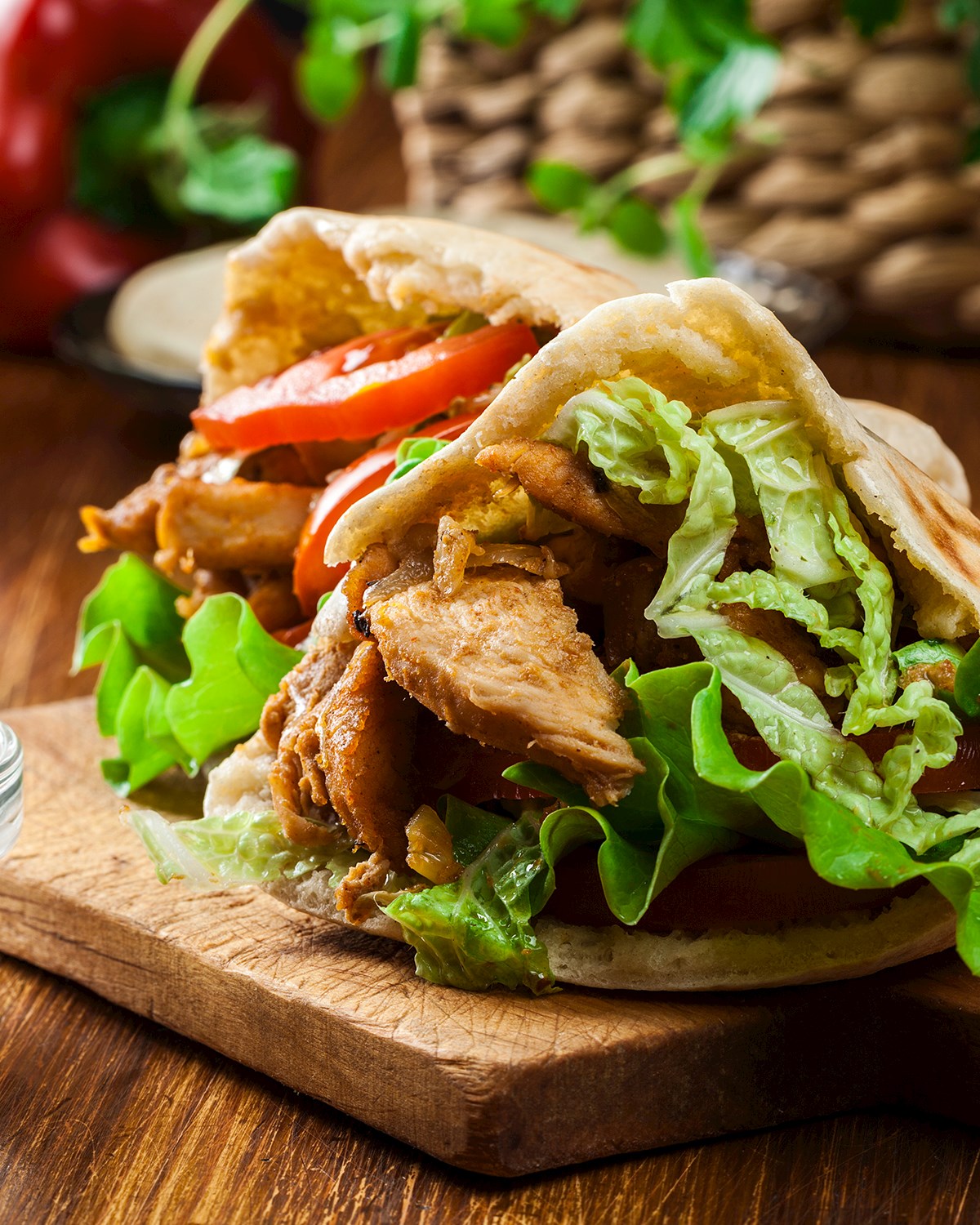 Credits: shutterstock
Credits: shutterstock
Sometimes, the difference between a beloved national dish and a global fast food sensation is just a piece of flatbread. Yes, döner kebab has been enjoyed in Türkiye for at least 150 years, but it was not until after World War II that this delicious meat dish crossed the borders and became the favorite in the rest of Europe. Up until then, it was not in the form of a sandwich, and where and when it got this crucial addition is a bit murky.
Some say that the first döner kebab shop serving this "new" dish opened in London as early as 1966, others state it started in the German city of Reutlingen in 1969, but the most probable claim is that either Mehmet Aygün or Kadir Nurman were the first ones to put that shaved meat into a flatbread and fill it with vegetables and sauces. That was in 1971 or 1972, and since then, döner kebab sandwiches have become one of the most popular street food in the world.
Pasta primavera 🇺🇸
Created in: 1975
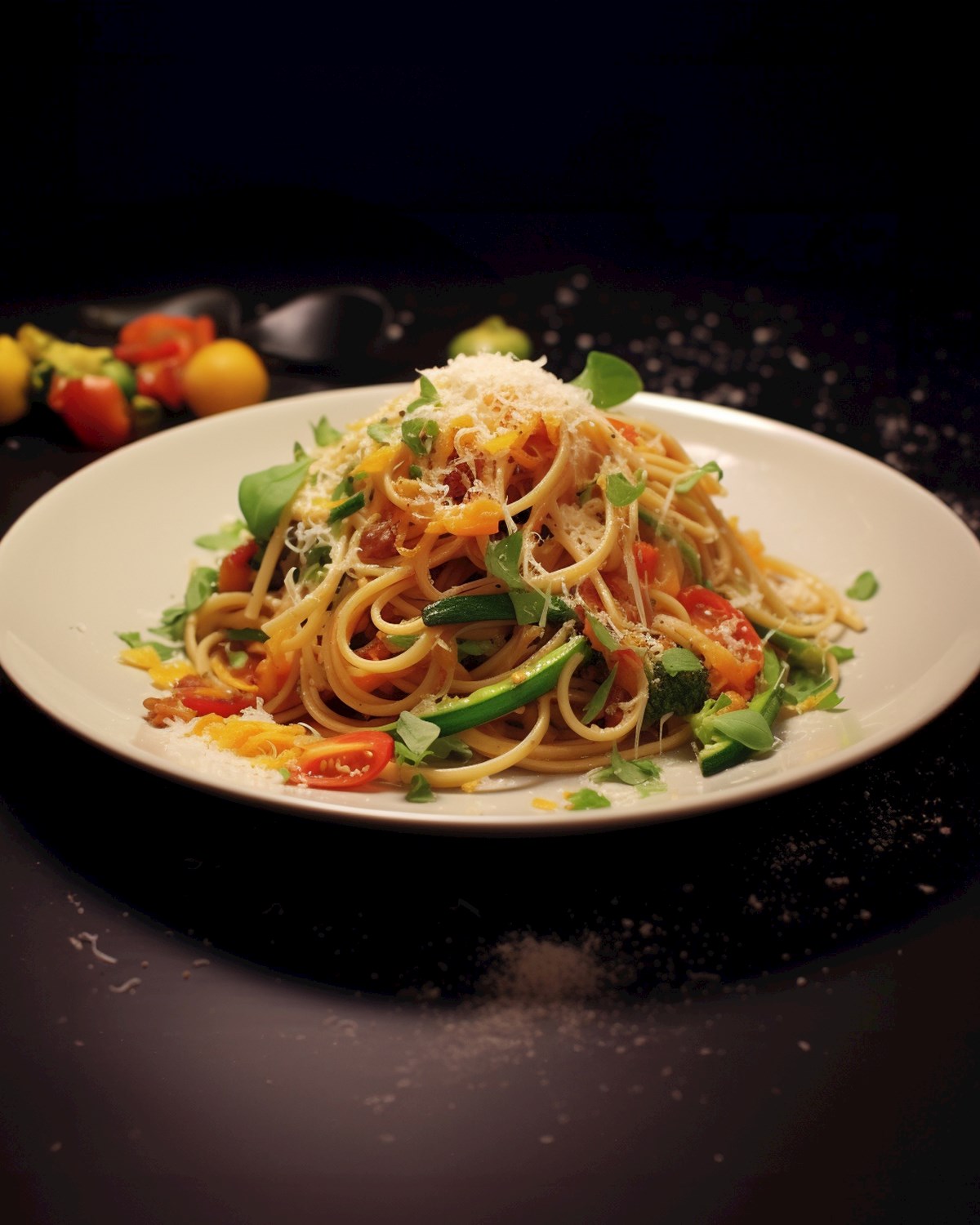
You can hardly find pasta primavera on any list of best pasta dishes, but sometime in the mid-1970s, it was the biggest hit on Manhattan's dining scene. Pasta (usually spaghetti) with vegetables was created in 1975 by a New York restaurateur Sirio Maccioni (or his wife, by some accounts), who promptly put it on the menu of his restaurant Le Cirque. It went supersonic when the NY Times made an article about it in 1977, which included the recipe.
Of course, with popularity came other claims of creating the dish, most notably from the amateur cook Ed Giobbi and chef Franco Brigandi. However, Maccioni and Le Cirque still get the credit. Pasta primavera is far from its glory days and popularity, but when you need a quick and somewhat healthy meal, it does the trick.
Learn more about Pasta primavera
Tartiflette 🇫🇷
Created in: 1980s
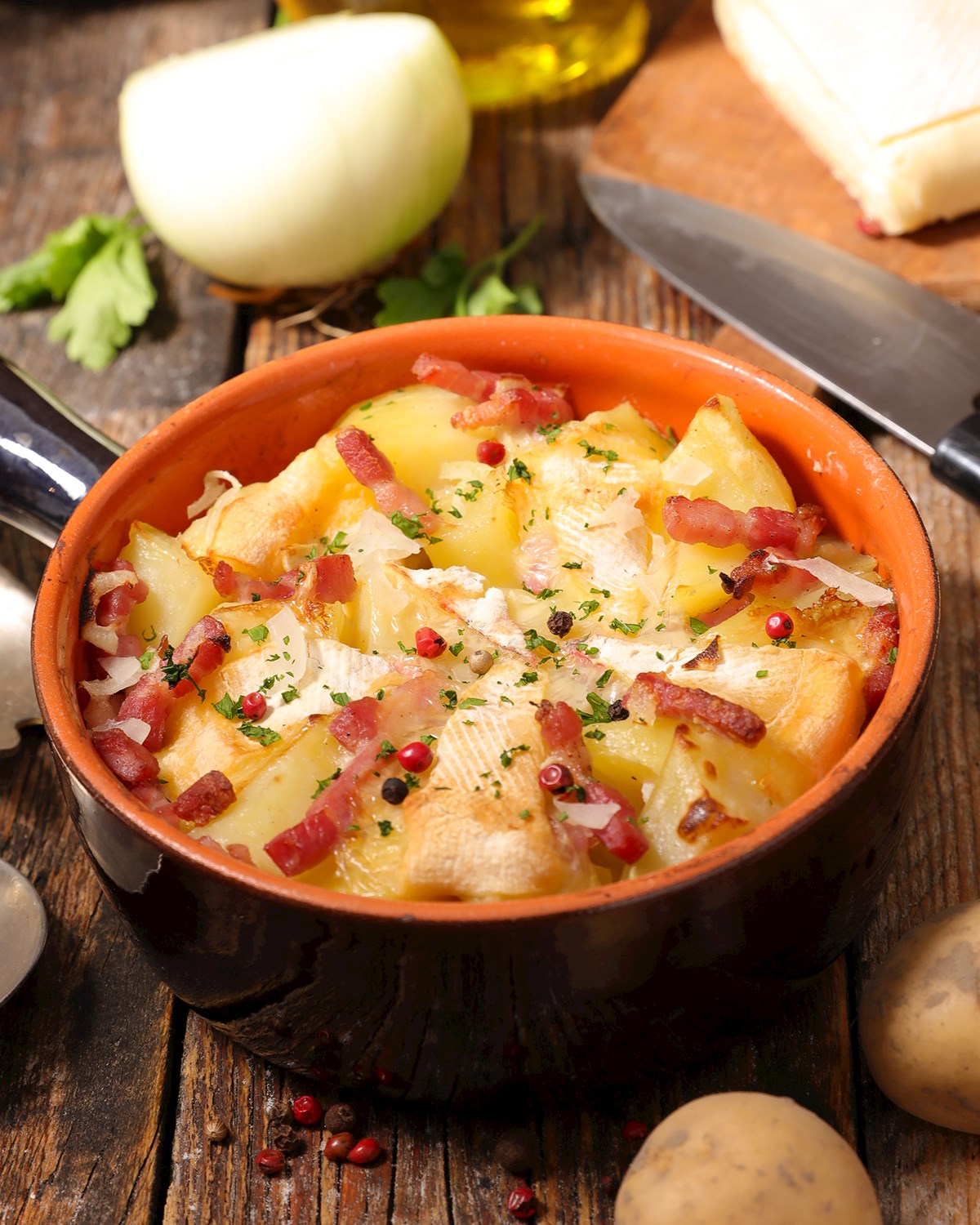 Credits: shutterstock
Credits: shutterstock
Tartiflette is a mouth-watering gratinated potato dish from the mountainous region of Savoie in France. It is made with medium-sized potatoes, white wine, reblochon cheese, onions, smoked salt pork (lardons fumés), and often crème fraîche. It is delicious and actually quite younger than you might think.
Although it is based on an old gratinated potato, cheese, and onion dish called péla, the modern tartiflette started appearing on the menus of restaurants in French ski resorts in the 1980s. This was endorsed by the union of reblochon cheesemakers to increase the cheese's popularity. It was one of those situations where business and pleasure really did go hand in hand, and everybody won!
Ciabatta 🇮🇹
Created in: 1982
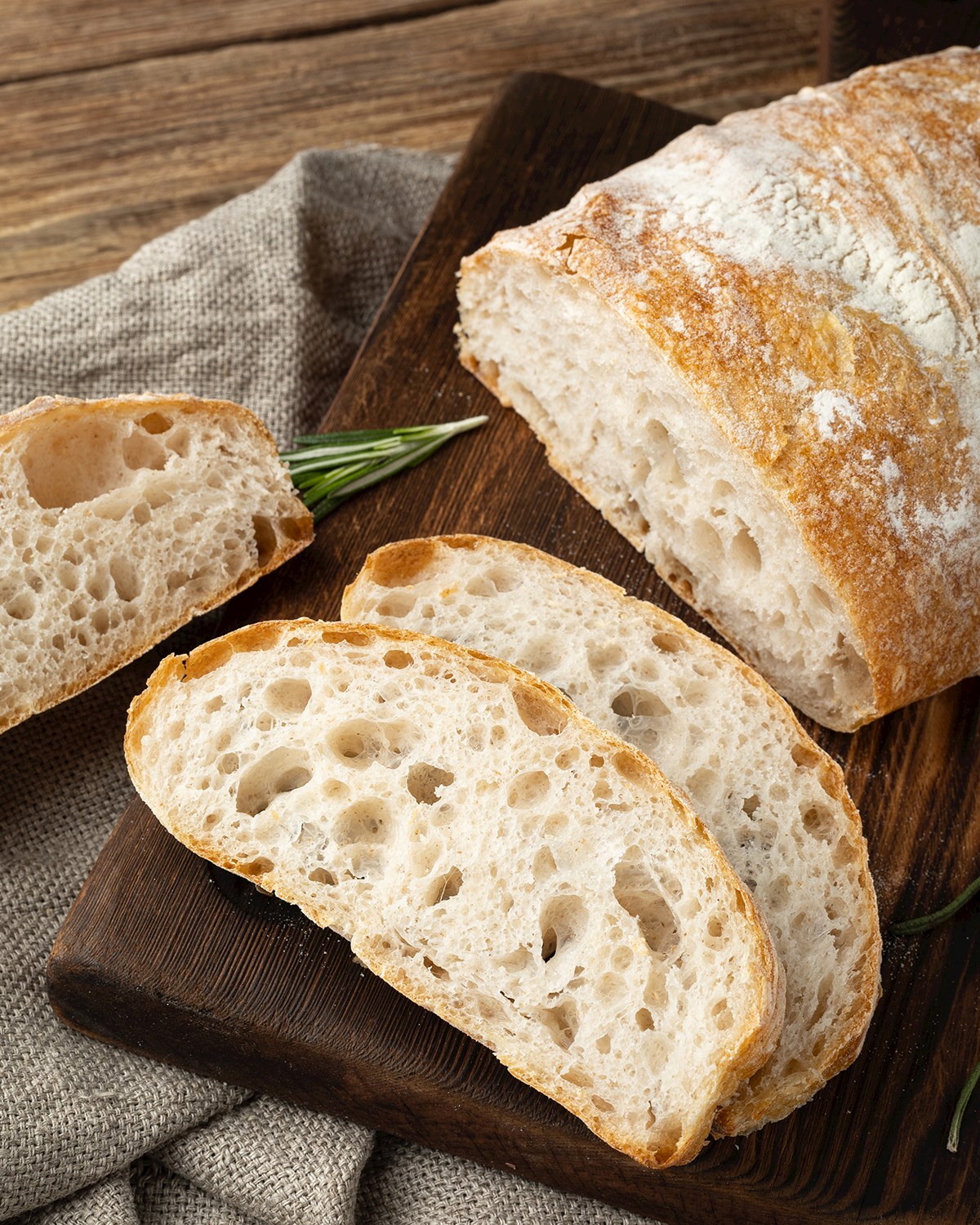 Credits: shutterstock
Credits: shutterstock
What?! Ciabatta is only 40 years old? Well, apparently so. This famous elongated, broad, and flat Italian bread, characterized by numerous air pockets on the interior and a crispy crust, was invented in 1982 by a Veronese miller and baker named Arnaldo Cavallari.
It was created in response to the rising popularity of French baguette, as the bakers worried that it might endanger their business. After a few weeks of trying, Cavallari finally came up with a recipe for bread that would be an ideal sandwich vessel. Ciabatta soon spread all over Italy, with many regions developing their own varieties.
Salmon sushi 🇳🇴
Created in: mid-1980s
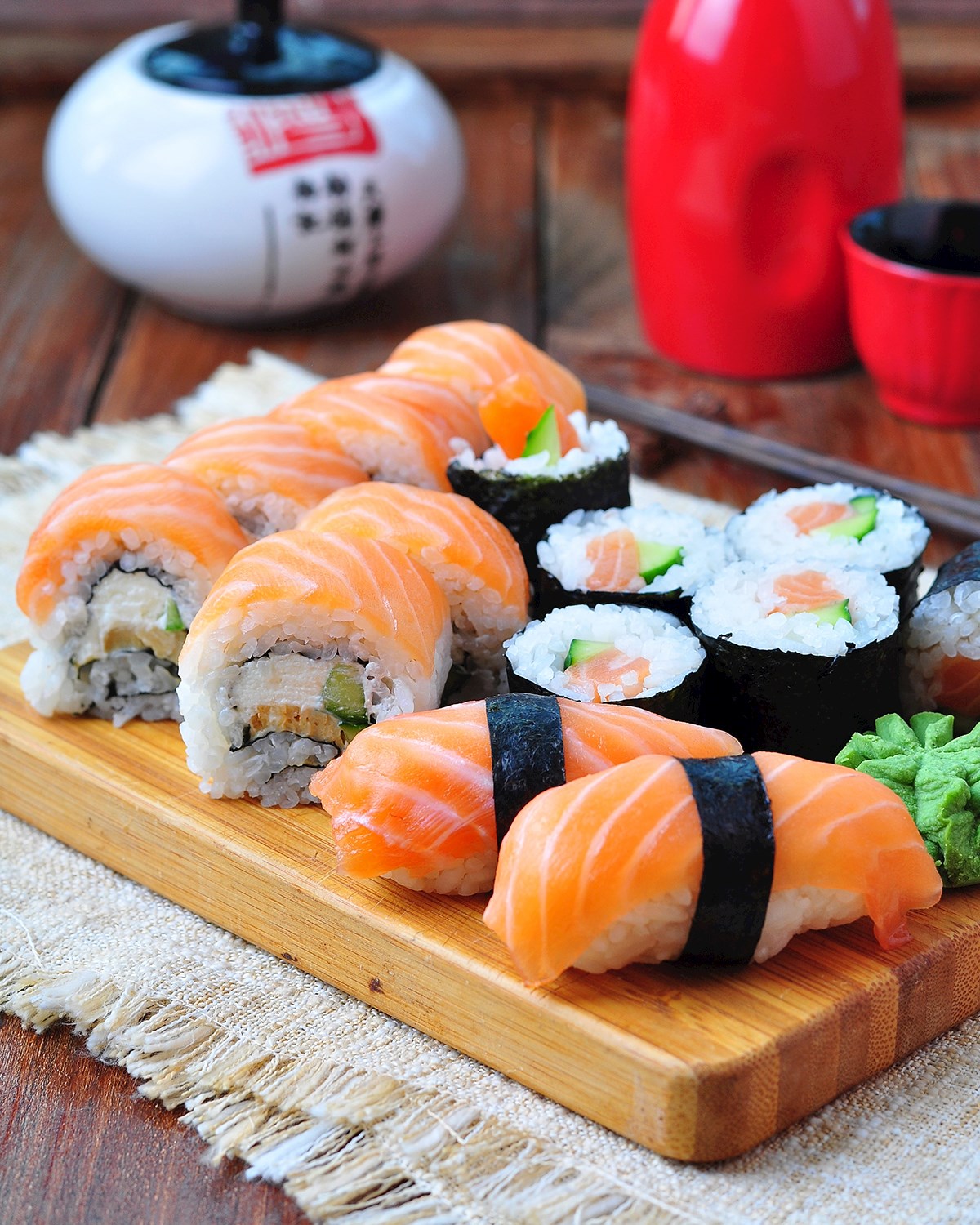 Credits: shutterstock
Credits: shutterstock
It might be shocking to learn that one of the most popular varieties of nigiri, salmon sushi or sake nigiri sushi, isn't actually Japanese and wasn't known until some 40 years ago. The reason is simple: the Japanese found salmon to be garbage fish, mainly because the salmon they caught was often infested with parasites. And you don't want to eat that kind of food raw.
In the meantime, Norwegians started to make great strides in salmon farming, raising parasite-free fish. But, they needed a bigger market to sell all that farmed salmon, so they sent their delegations to Japan in order to win them over with their premium product. Among many things they offered was salmon sushi, and although the Japanese customers were initially skeptical, Norwegians managed to position their products in supermarket chains and sushi restaurants. Today, salmon is one of the biggest Norwegian exports, and salmon sushi or sashimi has become a staple at most sushi restaurants worldwide.
Molten chocolate cake 🇺🇸
Created in: 1987
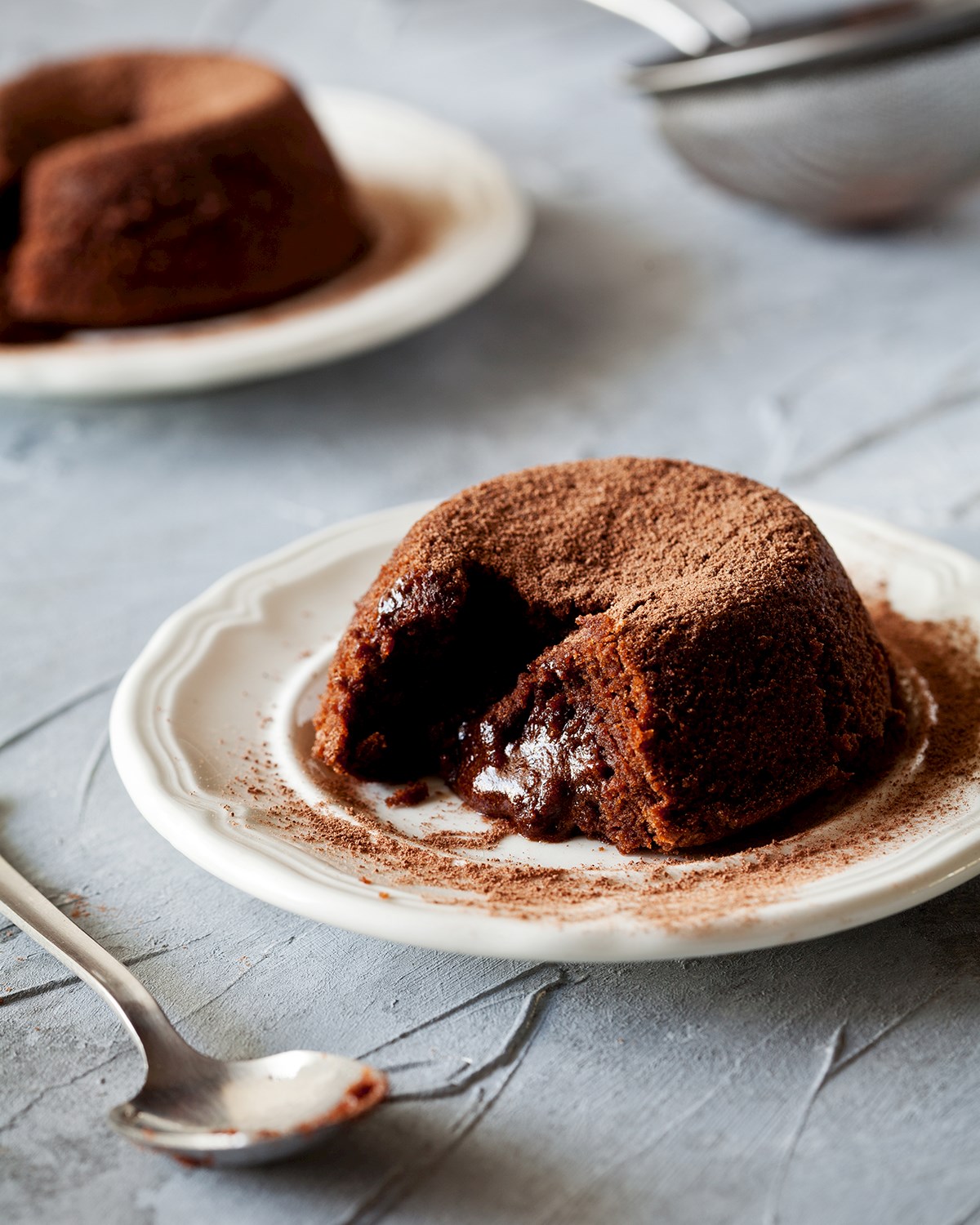 Credits: shutterstock
Credits: shutterstock
Last but not least, one of the favorite desserts across the world and a real origin conundrum - molten chocolate cake. There are two possible contenders for the title of the Father of this delicious cake: French chefs Michel Bras and Jean-Georges Vongerichten. Michel claims he invented it back in 1981 during a family skiing trip, while Jean-Georges says that he created it by accident (supposedly, he pulled a chocolate sponge cake from the oven too soon, which left the chocolaty center still runny) in New York City in 1987.
Although both claims have their merits, there is a catch: these two dishes are similar, but the recipes and the end result are not quite the same. Bras's version is much more complicated to make, with two parts including frozen ganache covered by a rice starch dough, while Vongerichten's is just chocolate cake batter baked briefly in the oven. For that reason, Vongerichten's version is much more popular, and in this case, that gives him a slight edge and custody over the cake's origin.
Learn more about Molten chocolate cake
